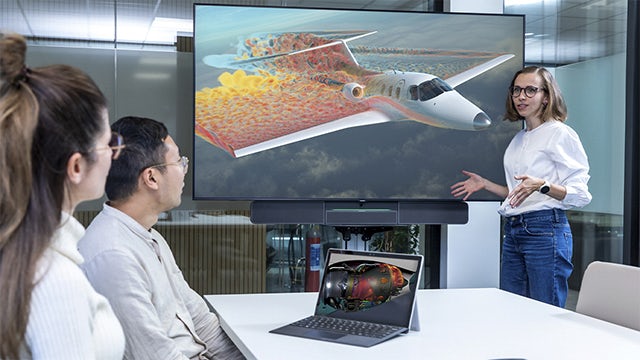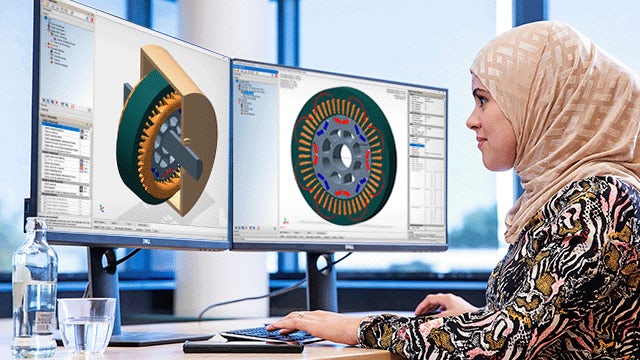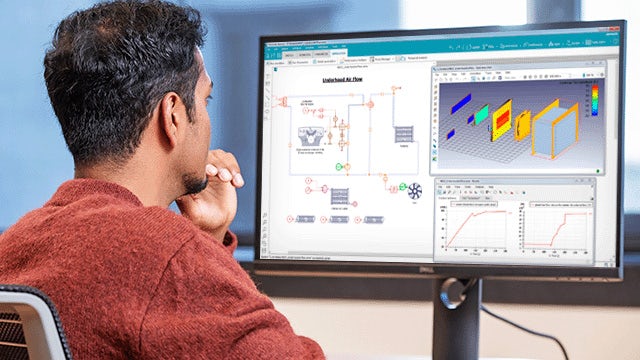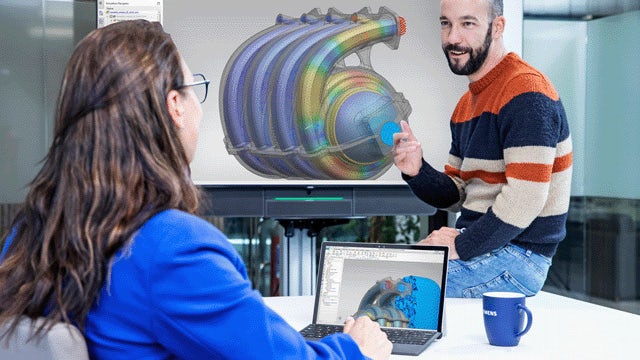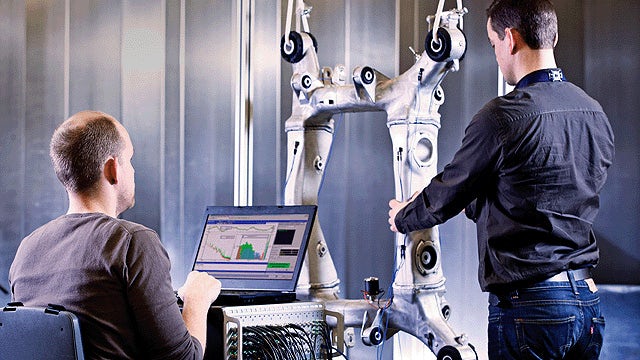Warum Simcenter?
Verdoppeln Sie Ihre Produktivität mit unseren erstklassigen Tools – lassen Sie uns mit Simcenter Innovationen entwickeln.
Komplexität modellieren
Innovation ist komplex. Sagen Sie das Verhalten voraus, verbessern Sie die Genauigkeit und erhöhen Sie das Vertrauen in Konstruktionen im Frühstadium. Nutzen Sie leistungsbasiertes Systems Engineering, um den gesamten Produktlebenszyklus vom Bauteilkonzept bis zum endgültigen Betrieb zu betrachten.
Möglichkeiten erkunden
Nutzen Sie komplexe Modelle für eine vollständige Design Space Exploration. Sparen Sie Zeit und gewinnen Sie einen Einblick in die digitale Welt, bevor Sie sich auf die endgültige Konstruktion festlegen. Entdecken Sie schneller neue Konstruktionen, optimieren Sie die Leistung und verbessern Sie die Robustheit.
Schneller werden
Nutzen Sie KI-gesteuerte Technik, um schnell auf Änderungen der Kundenpräferenzen zu reagieren. Nutzen Sie skalierbare, Cloud-basierte Prozesse und die neuesten automatisierten Workflows.
Integriert bleiben
Verbinden Sie alles. Verknüpfen Sie alle Prozesse und stimmen Sie Teams in den komplexesten Entwicklungsumgebungen aufeinander ab. Sorgen Sie für ausgewogene Leistung und gewährleisten Sie die Rückverfolgbarkeit mit einem digitalen roten Faden, der von Simulationsmodellen bis hin zu Produktdaten reicht.
Simulations- und Testlösungen
Performance Engineering erfordert genaue Vorhersagen, um sicherzustellen, dass Ihr Produkt funktioniert. Verwandeln Sie mit den Simcenter-Lösungen die Produktkomplexität in einen Wettbewerbsvorteil. Ihre Entwicklungsteams werden in die Lage versetzt, Grenzen zu überschreiten, die schwierigsten Probleme zu lösen und Innovationen schneller auf den Markt zu bringen.


